St. Pancras station in London is famous - and not only for its appearance, which is familiar from numerous photos and even films about Harry Potter. Inside the station building is a monument, the cost of which is 1 million pounds.
But the attraction turned out to be recognizable and interesting, and the townspeople quickly gave this sculptural composition a new name - "Lovers".
For tourists, the symbolism of the chosen plot is far from obvious. Many are sure that this is a farewell couple - although in fact the plot depicts a meeting of lovers. Initially, the sculptor wanted to make a couple of kissing people, but when discussing the project, such a decision was considered too provocative.
But even more interesting is that this couple met is an Englishman and a Frenchwoman, because trains from France come to St. Pancras. The sculpture is installed on the top floor near the Eurostar terminal, where trains to Paris and Lille arrive and leave. So the symbolism of the monument becomes clearer.
But that's not all. This couple has real prototypes - this is the sculptor himself, an Englishman named Paul Day, and his wife named Catherine, who, as it is now easy to guess, is French (they say only half - but this is not important anymore). It's been a beautiful story.
However, as we have already said, the sculpture was received ambiguously - the main claims can be reduced to the concept of "pop": as it were, too sugary and at the same time not of very high quality. The impression is also spoiled by the official reference to the fact that the monument is intended to symbolize the "meeting of two cultures."
I must say that thanks to the rejection of the image of a kiss, the sculpture only won, becoming more meaningful and, one might say, deeper.
A man and a woman press their foreheads against each other, and behind this there is much more room for imagination, so that in the end everyone can present their own story, from joyful to tragic.
However, visitors to the station, who decide to admire the work of Paul Day, will have to note one minus - it is too high and you have to look at it from the bottom up.
The height of the bronze statue is 9 meters (and the weight is 20 tons, by the way). So you have to admire the heroes' feet and the frieze more, which, however, is of particular interest.
A frieze is usually called additional compositions, which, for example, encircle a monument - as in our case. The frieze "Meeting Place" also depicts scenes from station life, and quite everyday and straightforward.
There are blind soldiers returning from the war, there is a lone person wandering along the rail, there are people simply crowding or barely fitting on one bench, busy with their own business - someone is sleeping, someone is trying to kiss, someone is thinking how best to shove your suitcases.
It is clear that all stories are not accidental. Let's say a crowd of people is an illustration of the evacuation of people from London Underground stations after the terrorist attacks on July 7, 2005, and the soldiers leave to die in the First World War.
All together, this leaves an even greater impression than the monument itself - perhaps just because you can see even the smallest details.
According to observations, the closest attention is drawn to the image of the glasses, which reflect the scene with the young man who wants to jump onto the rails - in two glasses this scene is shown from slightly different angles, just as it would be reflected in reality.
In general, the sculptor's work with perspective is amazing - the feeling that you really look somewhere into the distance.
It remains to say that this frieze appeared later than the monument itself - in 2008. Knowing the reaction of critics to the monument itself, it is not surprising that the added compositions caused exactly the same negative reaction in many.
Источник: https://fishki.net/3670953-chto-osobennogo-v-anglijskom-pamjatnike-mesto-vstrechi.html © Fishki.net
Источник: https://fishki.net/3670953-chto-osobennogo-v-anglijskom-pamjatnike-mesto-vstrechi.html © Fishki.net
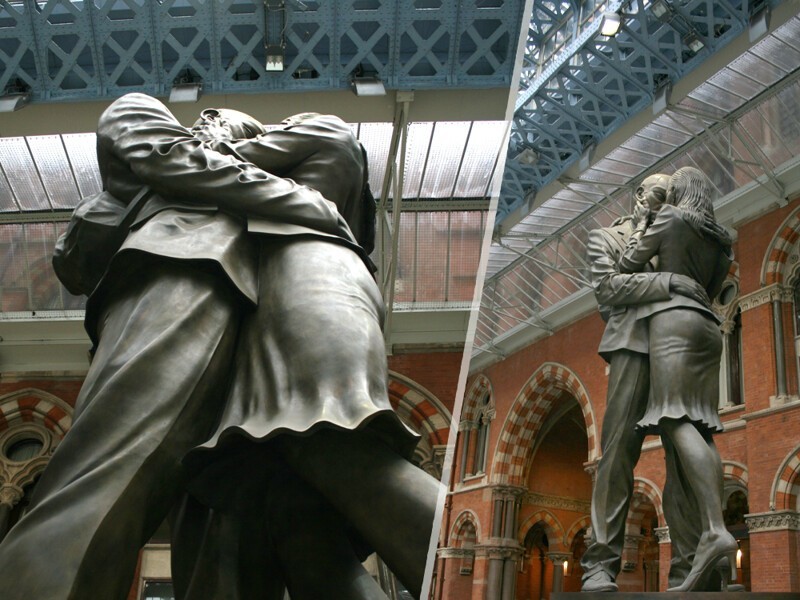
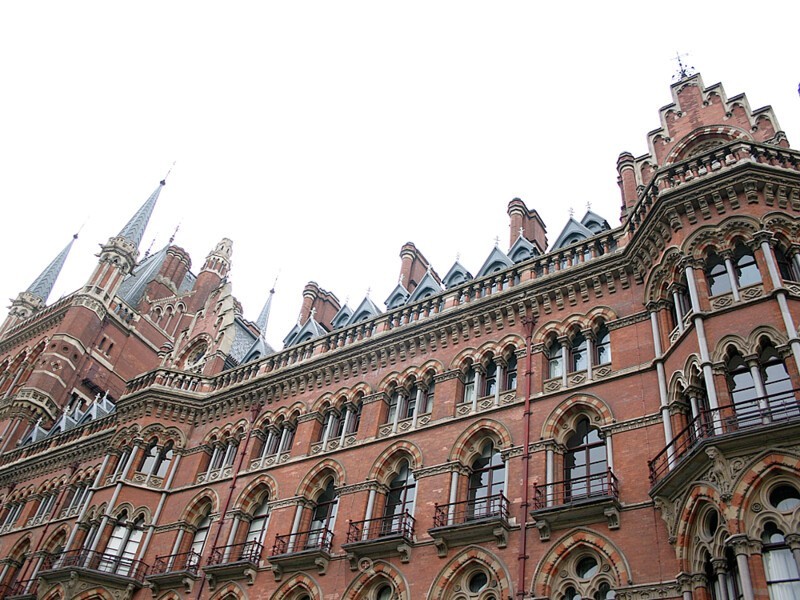
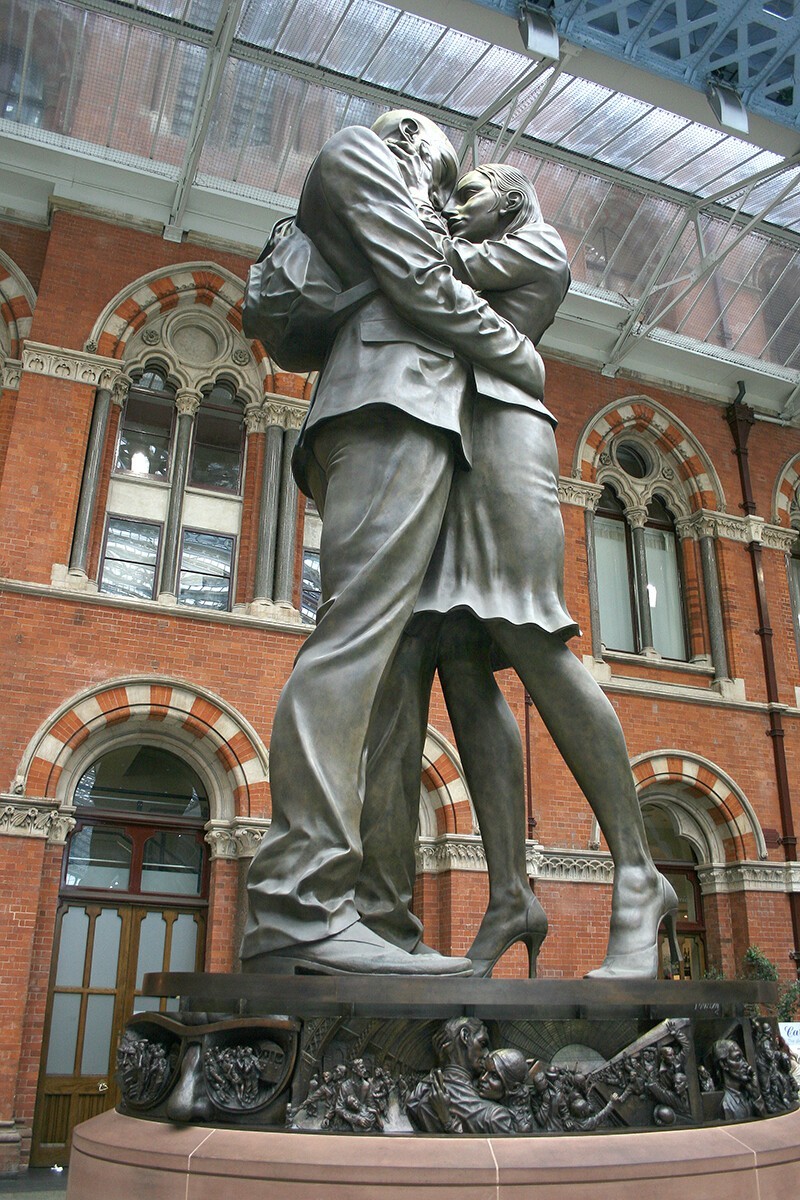
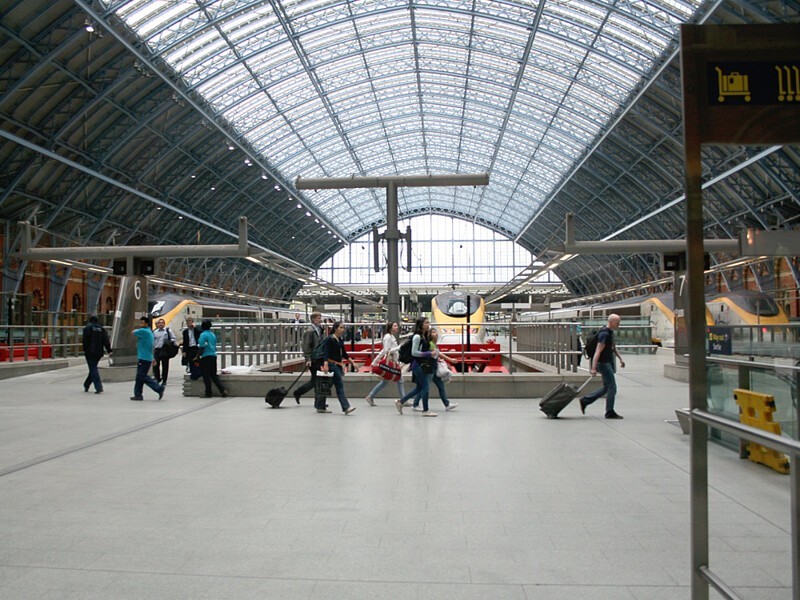
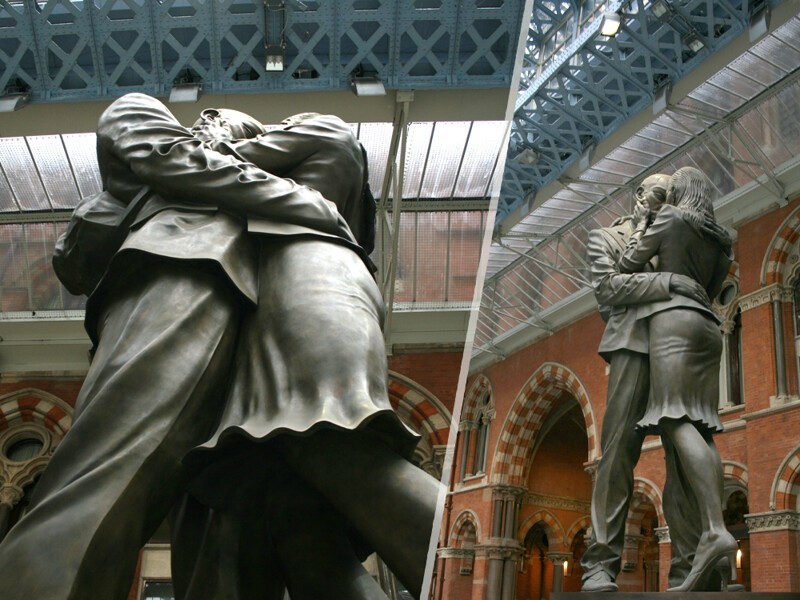
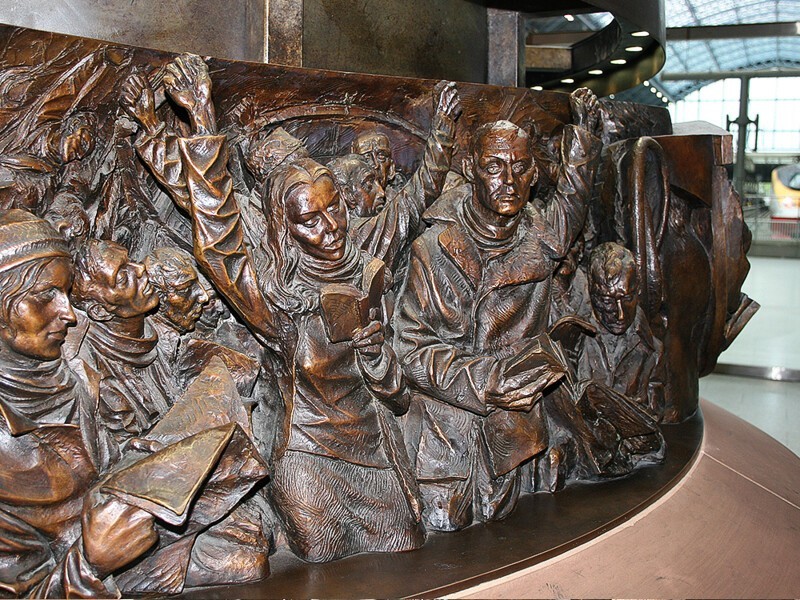
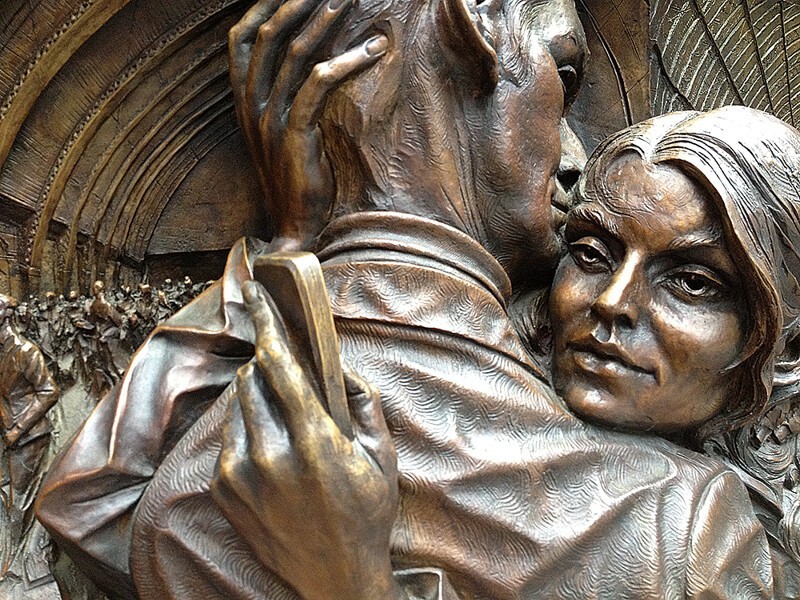
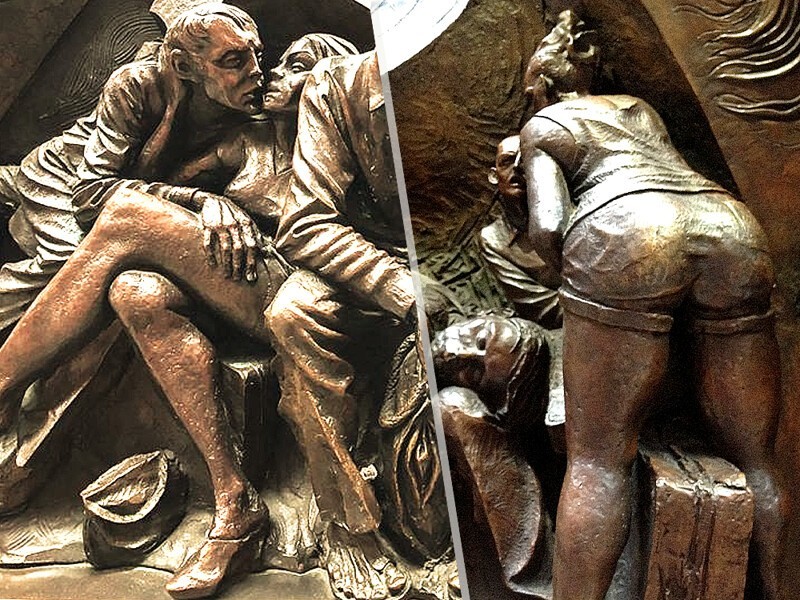
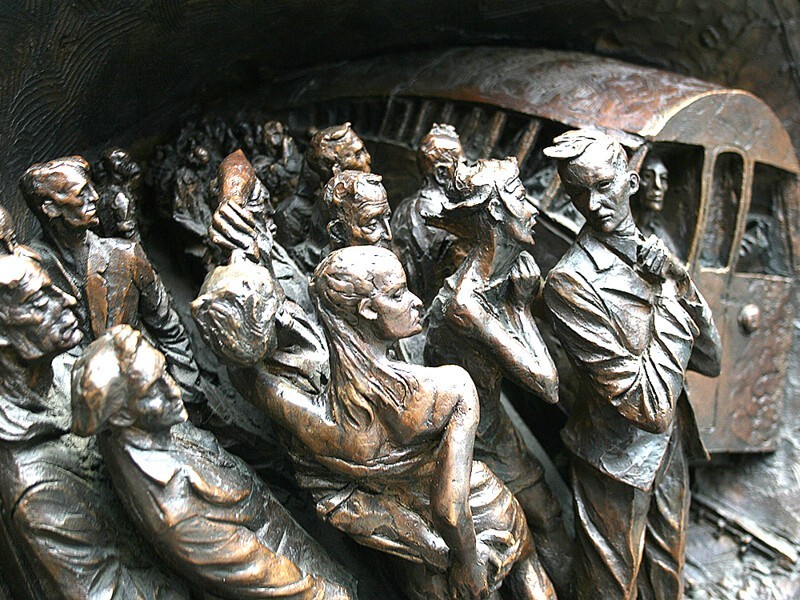
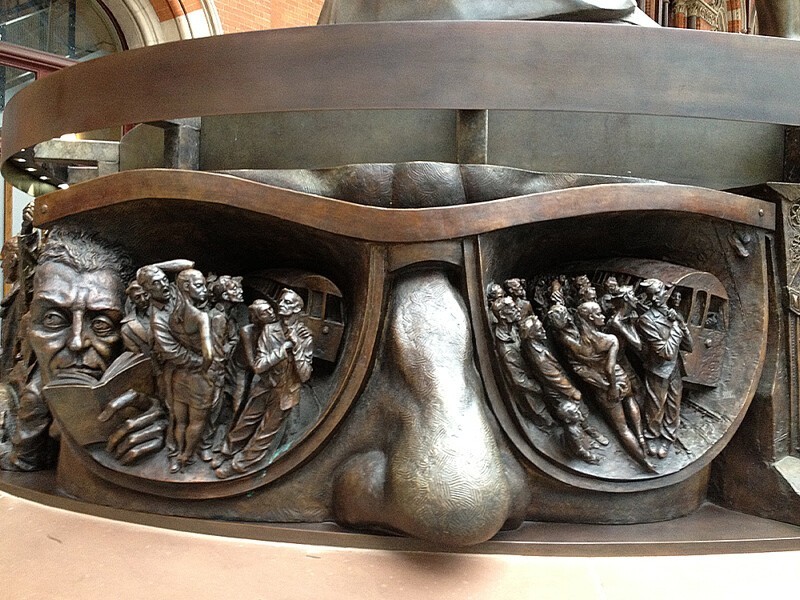
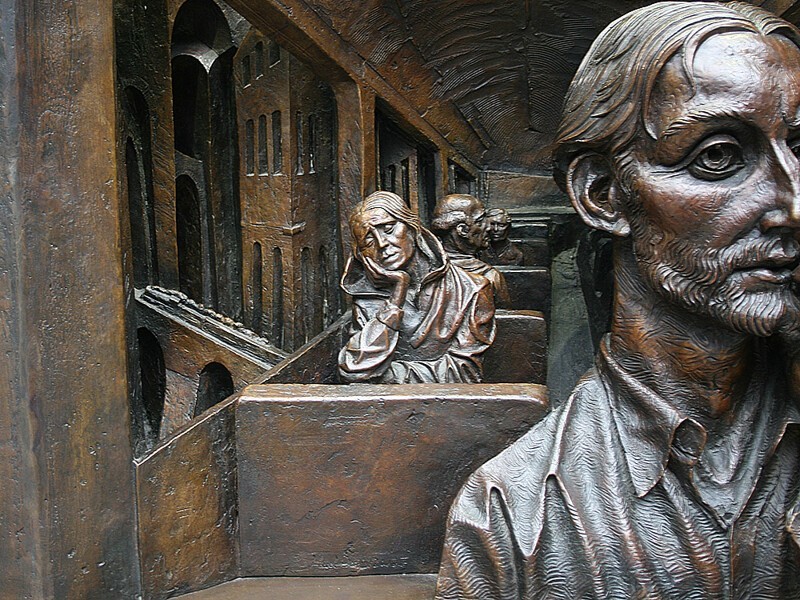
沒有留言:
張貼留言